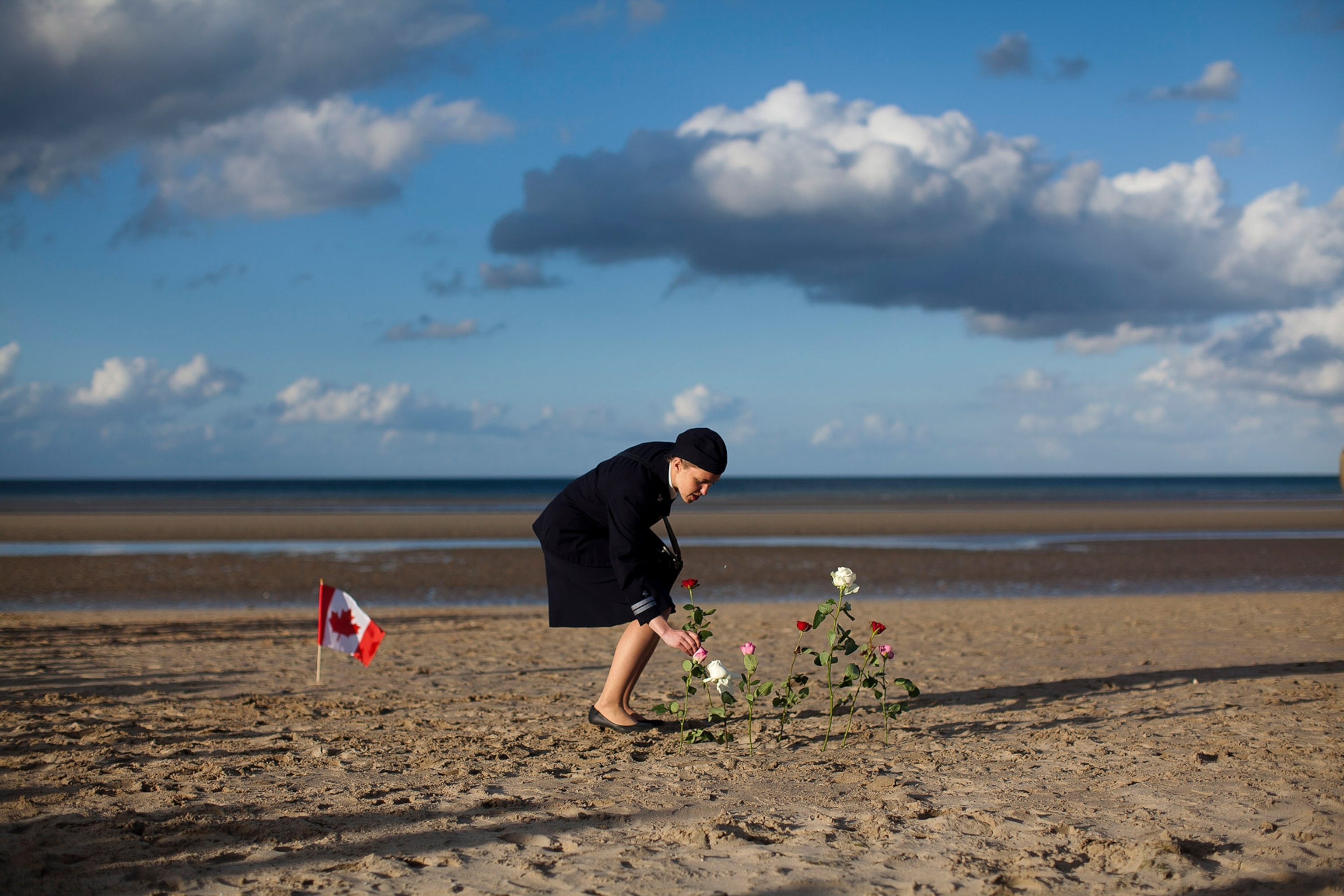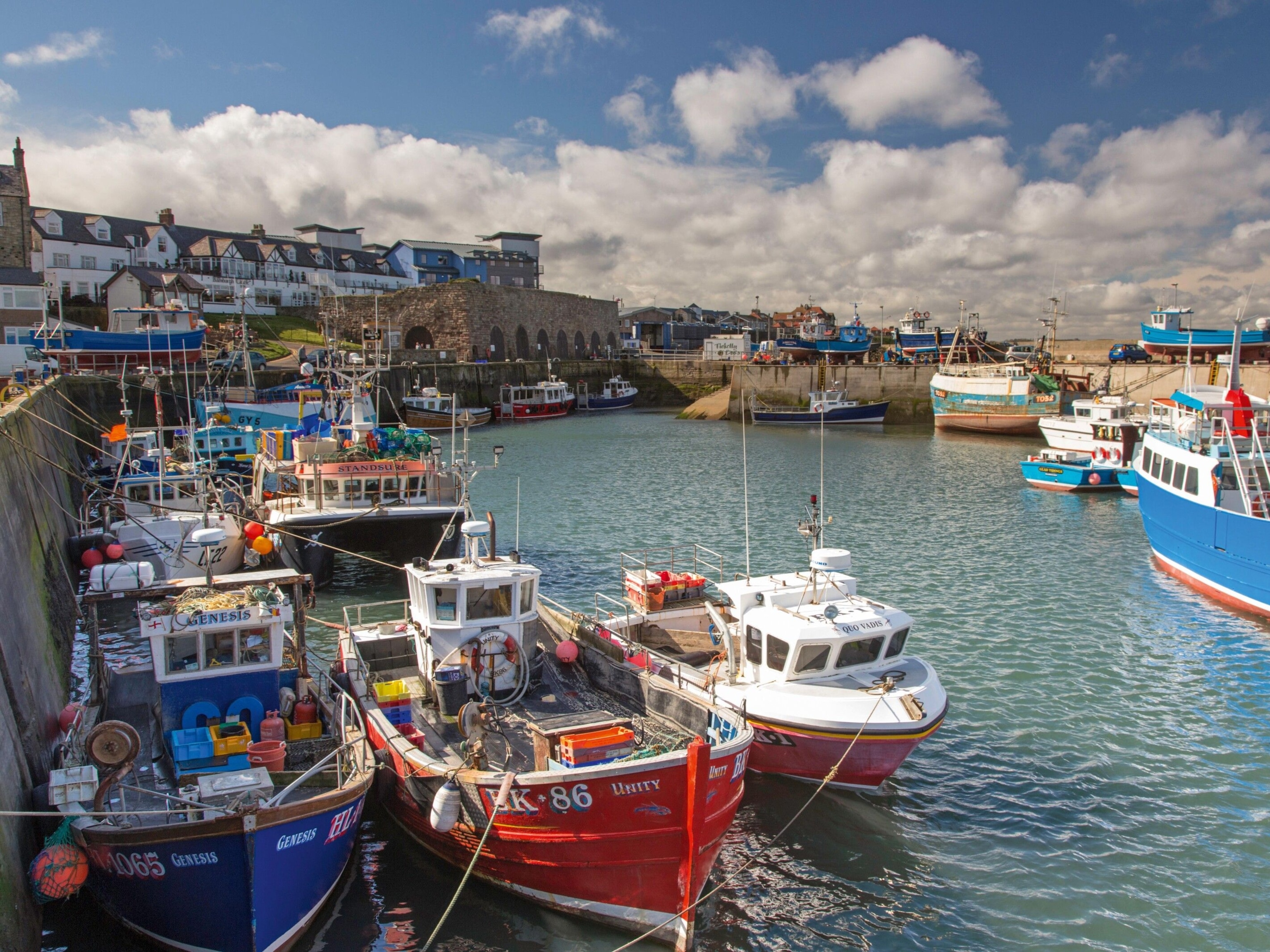
In honor of D-Day, here’s how to visit the Normandy coast
Seventy-five years later, traveling to the beaches where Allied forces began the liberation of France is still a deeply moving experience.
On a summer day, it’s impossible to imagine the bloody mayhem that erupted along the tranquil Normandy coast early on June 6, 1944. But reminders of D-Day—Operation Overlord—are everywhere, from the crumbling concrete bunkers and gun emplacements of the Third Reich’s vaunted Atlantic Wall to the graveyards of so many Allied soldiers.
Most of the invasion force–three U.S. divisions, two British, and one Canadian–sailed from Portsmouth in England to land at a chain of beaches in France, now known as the Côte du Calvados, between Cherbourg and Le Havre. From these beachheads, designated Utah, Omaha, Gold, Juno, and Sword, they were to fight their way inland through Normandy to Paris. (See vintage photos that honor the resting place of D-Day's fallen heroes.)

Start halfway along the Côte du Calvados in the small town of Arromanches, which saw some of the fiercest fighting and is now home to two museums that give insight into the battle. The D-Day Museum in Arromanche stands next to the site of one of the floating Mulberry harbors that were key to the Allied breakout from the beachheads. Nearby, visitors get a glimpse into the infantryman’s hell through the high-tech presentation at Arromanches 360, which uses archive film shot by cinematographers who went ashore with the first waves of Allied troops.
Travel six miles south to Ranville, where the Pegasus Memorial commemorates the British 6th Airborne Division, which made a daring predawn assault. The most successful operation on D-Day, the action gained the Allies crucial control of Pegasus Bridge and its sister bridge. Then continue 30 miles northeast to Bayeux, home to the famous Bayeux Tapestry and the first large town to be liberated by the Allies. It survived the war virtually unscathed.
But to gain a true sense of the meaning of D-Day, visit the U.S. military cemetery at Colleville-sur-Mer. Almost all the soldiers who lie here were young men; very many were teenagers. None of them lived to drink champagne in a free Paris.
When to go
Each year, between late May and mid-June, the D-Day landing beaches host many events to remember the Allied soldiers who liberated France. See parachute drops in period attire, historical reenactments, and parades of bagpipers and military vehicles.
How to go
Renting a car is best to see the region. Several ferries also leave daily from Portsmouth to Cherbourg or Le Havre. Plan to sail to one French port and leave from the other. Many tours with well-informed guides are available, for days and half-days, in groups or for individuals.





